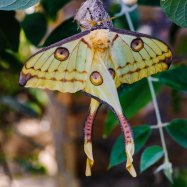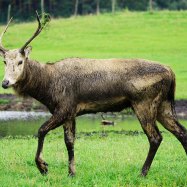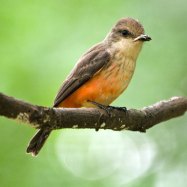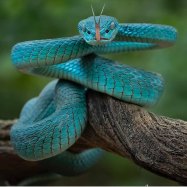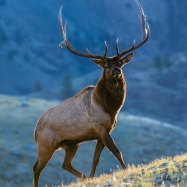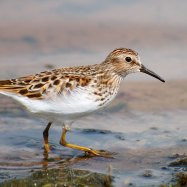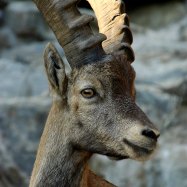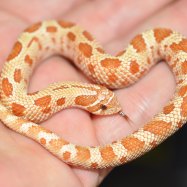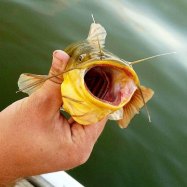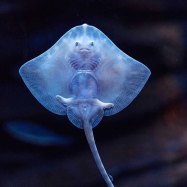
Northern Screamer
70 - 91 cm (27.6 - 35.8 in)
The Northern Screamer, also known as Camungo, is a large bird found in Northern South America. With its long legs and neck, it can reach a length of 70-91 cm. Belonging to the family Anhimidae, this unique bird is a sight to behold in its natural habitat. #NorthernScreamer #Camungo #Anhimidae #birdwatching #SouthAmerica
Animal Details Summary:
Common Name: Northern Screamer
Kingdom: Animalia
Habitat: Wetlands, marshes, and lakes
The Majestic Northern Screamer: South America's Hidden Beauty
The Northern Screamer, scientifically known as Chauna chavaria, is a magnificent bird that resides in the wetlands, marshes, and lakes of South America. This large bird, belonging to the class Aves and order Anseriformes, is a true testament to the diversity and beauty of the animal kingdom.In this article, we will delve into the world of the Northern Screamer, exploring its habitat, unique features, and significance in the ecosystem.
Habitat and Distribution
The Northern Screamer is primarily found in the northern regions of South America, including Venezuela, Colombia, Brazil, and Guyana Northern Screamer. These majestic birds prefer to reside in wetlands, marshes, and lakes, where they have access to a sufficient food source and nesting sites.They are also known to inhabit flooded fields and river banks, often residing near bodies of water. This water-rich environment is crucial for the survival of the Northern Screamer as they depend on it for their primary food source and breeding grounds.
Appearance and Physical Characteristics
The Northern Screamer is a large bird, with a body length ranging from 70 to 91 cm (27.6 to 35.8 in). It has a distinct and captivating appearance, with mostly grey feathers that blend perfectly with its natural habitat. The grey coloration serves as excellent camouflage, allowing them to blend in with their surroundings and stay hidden from potential predators.Their long legs and neck give them a graceful and elegant posture, enhancing their charm even further Natterjack. In addition, their body shape is designed for swimming, with webbed feet and a streamlined body that helps them navigate through water with ease.
Feeding Habits
The Northern Screamer is a herbivorous bird, meaning they primarily feed on plants. They have a varied diet, including aquatic plants, roots, shoots, seeds, fruits, and even insects. These birds are known to forage in shallow water, using their long necks to reach for plants and their webbed feet to swim and dive.Their herbivorous diet makes them a crucial part of their ecosystem, as they help maintain the balance of plant species in their habitat. The Northern Screamer also plays a significant role in seed dispersal, making them essential for the regeneration of plant life in their environment.
Behavior and Social Interactions
Northern Screamers are social birds, often seen in pairs or in small groups. However, during the breeding season, they become highly territorial and will defend their nesting sites aggressively. They are also known for their loud and distinctive calls, especially during the breeding season, which can be heard up to a mile away.Interestingly, when a Northern Screamer senses danger, it will let out a piercing scream that serves as a warning signal for other members of its group. This behavior highlights the high level of intelligence and cooperation within their social hierarchy.
Significance and Threats
The Northern Screamer holds significant cultural and ecological value in South America. In some tribal communities, these birds are considered sacred and are often featured in their folklore and traditional ceremonies. Moreover, they play a vital role in seed dispersal and maintaining the balance of their habitat's plant life, making them essential for the overall health of the ecosystem.However, like many animal species in the world, the Northern Screamer faces numerous threats to its survival. Habitat loss and degradation, mainly due to human activities such as agriculture and development projects, pose a significant risk to these birds. They are also hunted for their meat and feathers, further contributing to their decline in population.
Conservation Efforts
Fortunately, various conservation efforts are in place to protect and preserve the Northern Screamer. In Venezuela, the Los Olivitos Wildlife Refuge has been established to provide a protected habitat for these birds. In addition, many wetland conservation projects in South America aim to preserve their crucial breeding and foraging habitats.Moreover, educating local communities about the importance of these birds and involving them in conservation efforts has proven to be effective in reducing human-wildlife conflicts and promoting coexistence.
The Northern Screamer and Natural Language Processing (NLP)
Natural Language Processing (NLP) is a subfield of artificial intelligence that focuses on analyzing and understanding human language. It involves teaching computers to understand, interpret, and manipulate human language to perform various tasks.The Northern Screamer is a perfect example of how NLP can be used to study animal behavior, communication, and social interactions. By analyzing their vocalizations and calls, researchers can gain insights into their communication patterns and social hierarchy.
In addition, using NLP techniques, scientists can study the impact of human activities on the Northern Screamer's habitat and develop suitable conservation strategies to mitigate these threats. NLP can also help with monitoring the population of these birds and detecting any changes in their behavior.
Conclusion
The Northern Screamer is a creature of beauty, grace, and significance. This large bird, residing in the wetlands, marshes, and lakes of northern South America, plays a crucial role in its ecosystem and holds cultural value in the region.Through conservation efforts and the use of cutting-edge technologies such as NLP, we can work towards preserving the Northern Screamer and its habitat for generations to come. Let us all appreciate and protect this hidden gem of South America.
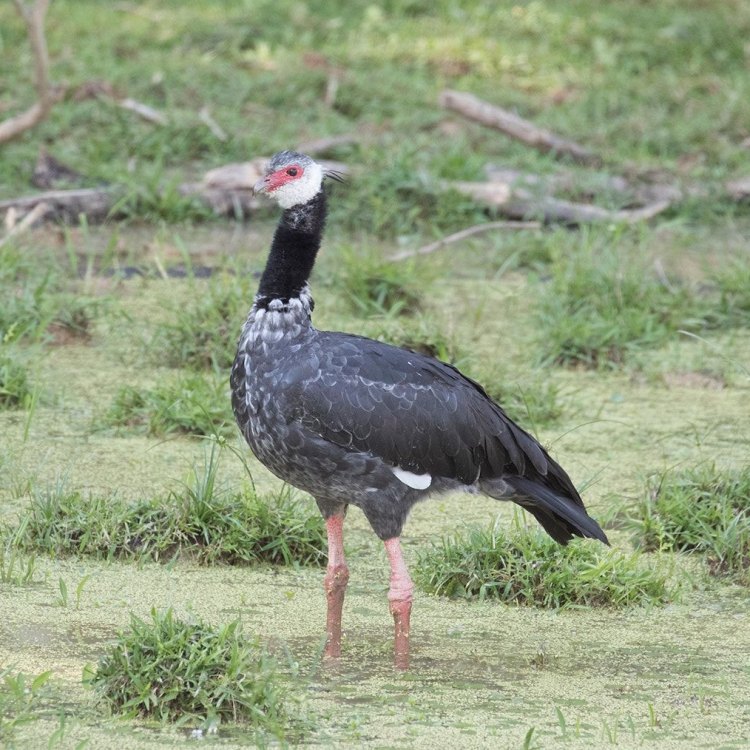
Northern Screamer
Animal Details Northern Screamer - Scientific Name: Chauna chavaria
- Category: Animals N
- Scientific Name: Chauna chavaria
- Common Name: Northern Screamer
- Kingdom: Animalia
- Phylum: Chordata
- Class: Aves
- Order: Anseriformes
- Family: Anhimidae
- Habitat: Wetlands, marshes, and lakes
- Feeding Method: Herbivorous
- Geographical Distribution: South America
- Country of Origin: Venezuela, Colombia, Brazil, and Guyana
- Location: Northern South America
- Animal Coloration: Mostly grey
- Body Shape: Large bird with long legs and neck
- Length: 70 - 91 cm (27.6 - 35.8 in)
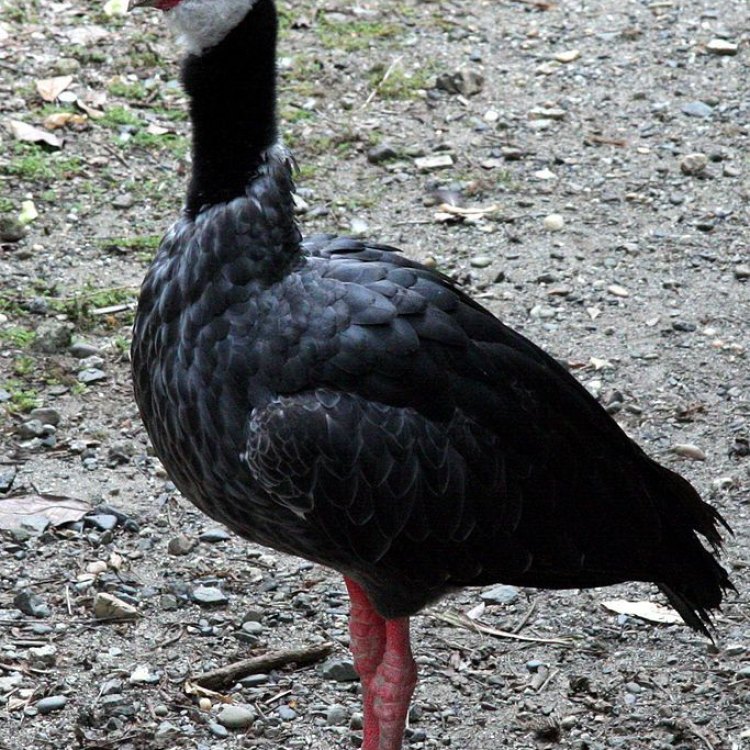
Northern Screamer
- Adult Size: Medium to large-sized
- Average Lifespan: 10 - 15 years
- Reproduction: Sexual
- Reproductive Behavior: Breeding pairs form long-term bonds
- Sound or Call: Loud, piercing calls
- Migration Pattern: Non-migratory
- Social Groups: Solitary or in small groups
- Behavior: Territorial and aggressive
- Threats: Hunting and habitat loss
- Conservation Status: Vulnerable
- Impact on Ecosystem: Seed dispersers
- Human Use: Hunted for meat and eggs
- Distinctive Features: Large size, long neck, and distinctive call
- Interesting Facts: The Northern Screamer has long, spiky feathers on its head called 'horns'
- Predator: Large birds of prey and large mammals
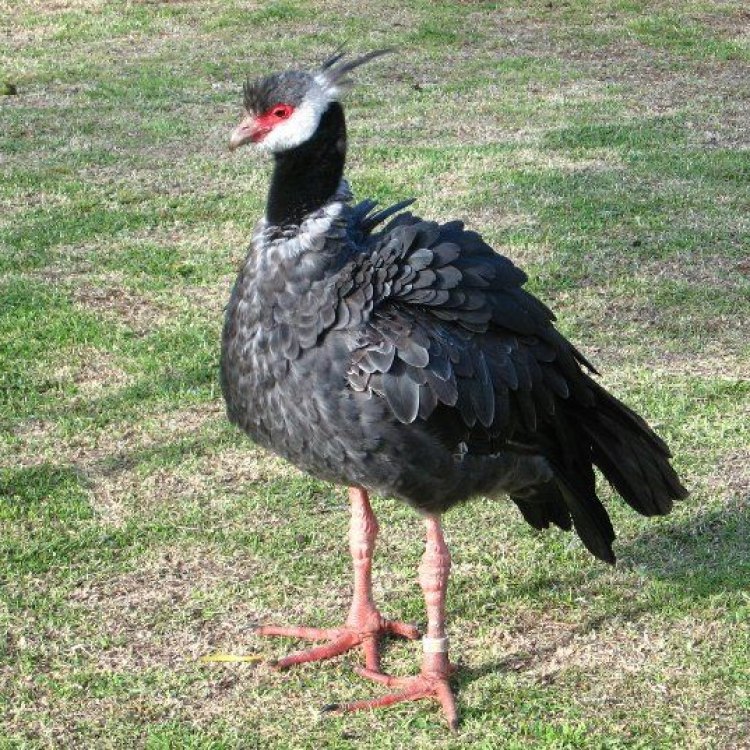
Chauna chavaria
The Unique Features of the Northern Screamer: A Fascinating Creature of the Avian World
In the vast kingdom of birds, there are some species that stand out for their distinctive physical characteristics, behavior, and ecological impact. One such species is the Northern Screamer, a medium to large-sized bird with a range of interesting features that make it a unique and fascinating creature.The Northern Screamer, also known as the Crested Screamer, is a bird species native to South America. It can be found in the grasslands, savannas, and wetlands of countries like Brazil, Venezuela, and Colombia PeaceOfAnimals.Com. Let us delve into the various aspects that make this bird stand out from the rest.
Appearance and Size
The Northern Screamer is a medium to large-sized bird, with males being slightly larger than females. On average, they can grow up to 3.3 feet in length and weigh anywhere between 5.5 to 9.9 pounds. They have a wingspan of around 4.6 feet, making them one of the largest flying birds in South America.What makes the Northern Screamer truly unique is its appearance Norwegian Elkhound. They have a long neck, a characteristic feature that helps them forage for food in the tall grasses. Their body is covered in grayish-brown feathers, but what really stands out are the long, spiky feathers on their head known as 'horns.' These feathers can reach up to 4 inches in length and are used for display during courtship or aggression.
Reproduction and Behavior
The Northern Screamer's reproductive behavior is sexual, with breeding pairs forming long-term bonds. They are monogamous birds and stay together throughout their lives, which can last for 10 to 15 years.During the breeding season, which varies from region to region, the couple builds a large nest made of grass, sticks, and other plant material near the water's edge. Both the male and female take turns to incubate the eggs, which usually hatch after 42 to 45 days. The hatchlings are covered in a layer of black down feathers and are able to swim and dive within a day of hatching.
When it comes to their behavior, the Northern Screamer is known to be highly territorial and aggressive, especially during the breeding season. They will fiercely defend their nesting sites from other screamers and predators, using their loud, piercing calls to warn intruders. This behavior has earned them the nickname "guardian of the marshes."
Ecological Impact
The Northern Screamer plays a crucial role in the ecosystem as seed dispersers. They feed on a variety of plants such as grasses, fruits, and seeds, and their droppings help in the dispersal of these seeds to different areas. This process helps in maintaining the biodiversity of the marshlands, ensuring a healthy balance in the ecosystem.Moreover, their nesting sites create new habitats for other bird species, and their aggressive behavior keeps predators at bay, protecting the area's plant and animal life. Unfortunately, due to human interference, this balance is at risk.
Threats and Conservation Status
The Northern Screamer is classified as a vulnerable species by the International Union for Conservation of Nature (IUCN). The primary threat to their population is hunting and habitat loss. In some areas, they are hunted for their meat and eggs, and their nesting sites are destroyed for agricultural purposes.Habitat loss is another significant threat to the Northern Screamer's survival. Wetland areas are being drained or converted into farmland, depriving the birds of their natural habitats. The rapid urbanization and development of South American countries have also contributed to the loss of their breeding sites.
To protect this vulnerable species, conservation efforts are being carried out by various organizations and local communities, focusing on preserving their natural habitats and raising awareness about the importance of these birds to the ecosystem.
Interesting Facts
Apart from its physical features and behavior, the Northern Screamer has some interesting facts that make it stand out from other birds. These include:- They are excellent swimmers and can dive up to 15 feet underwater to search for food.
- The loud and piercing calls of the Northern Screamer can be heard up to 1.8 miles away, making them one of the loudest animals on land.
- They are non-migratory birds, which means they do not undertake long-distance seasonal movements like many other bird species.
- The young Northern Screamers have a dark patch around their eyes, making them look like they are wearing face masks.
Predators and Human Use
As with any other species, the Northern Screamer faces threats from predators. Large birds of prey, such as hawks and owls, and large mammals like foxes and jaguars, are known to prey on them.Unfortunately, humans have also played a significant role in impacting the Northern Screamer's population. They have been hunted for their meat and eggs, and their feathers have been used for decorative purposes. These activities, coupled with habitat loss, have significantly affected their numbers in the wild.
In Conclusion, the Northern Screamer is a unique and fascinating creature that plays a critical role in the South American ecosystem. Despite the various threats they face, conservation efforts and awareness can help protect this vulnerable species and ensure their survival for generations to come. Let us appreciate and admire the beauty and uniqueness of the Northern Screamer and work towards preserving their natural habitats and safeguarding their future.
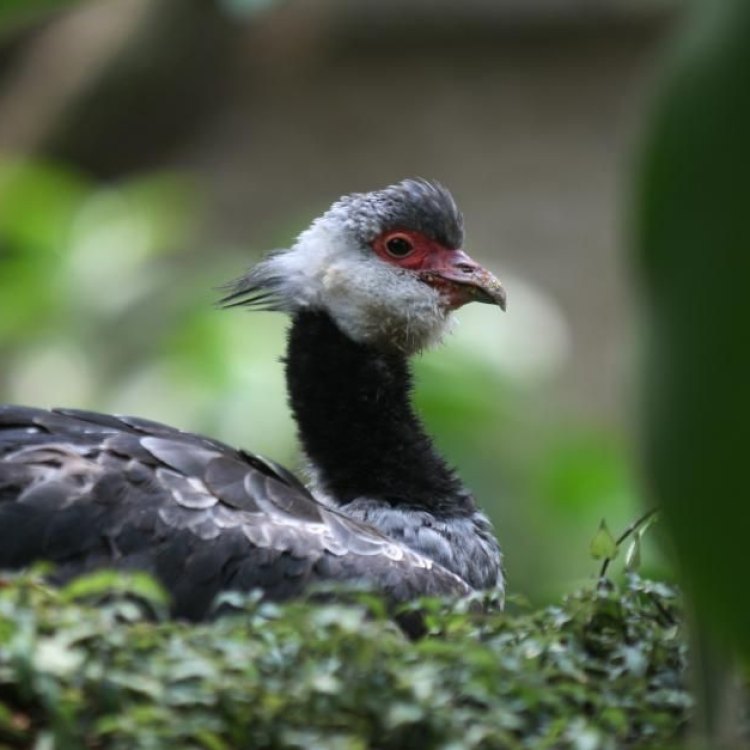
The Majestic Northern Screamer: South America's Hidden Beauty
Disclaimer: The content provided is for informational purposes only. We cannot guarantee the accuracy of the information on this page 100%. All information provided here may change without prior notice.

